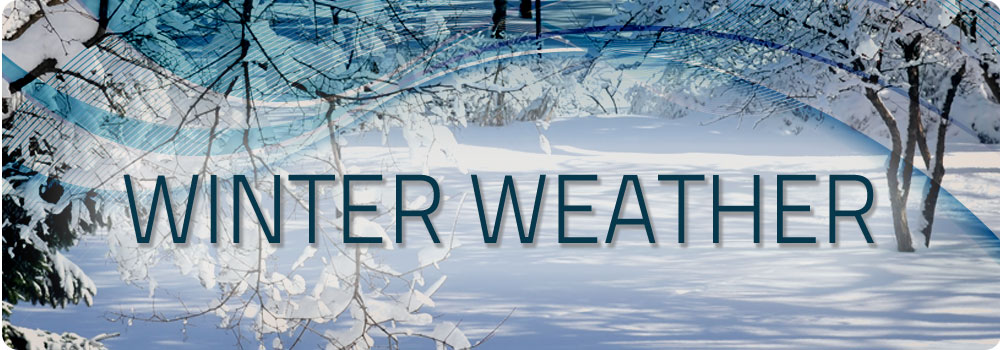
CAMPBELL COUNTY, TN. (WLAF) – As temperatures drop to record lows this week, pet and home owners need to be ready. Whether it is bringing pets inside or adding extra insulation to the home, preventive measures should be taken.
Pets
- Bring pets inside when the temperatures drop. Don’t just look at the thermometer consider the wind-chill factor. A “feels like†temperature is the true gauge for how cold it is.
- If left outside, dogs and cats can get frost bitten ears, nose and paws so try to bring them inside.
- If a pet must be kept outside there are steps to take in an effort to protect them. Get a heated pet bed. If that is not an option, give them a dry, elevated dog house with clean dry bedding and a flap over the opening to keep drafts out.
- Make sure their water bowls don’t freeze. Purchase heated water bowls.
- Feed them more often. Outdoor pets need extra calories to produce body heat.
- Check for cats before starting the car. Under the hood and wheel wells both retain heat making it the perfect spot for cats to go in cold weather.
- Buy booties for your dog. These can keep their paws warm and prevent injury from ice and snow melt.
- Don’t forget the jacket. Dog jackets and sweaters will keep small, senior and single coated dogs warm.
- Buy “pet safe†ice melting products. Be sure to wash paws if pets walk through chemicals.
- Keep antifreeze, salt and other household poisons away from pets.
- Watch your pet around heating stoves to prevent burns and dehydration.

Livestock
Horses, chickens, cattle and other livestock need winter care as well.
- Provide clean, dry bedding. Damp bedding can cause infection.
- Check the trough often. Freezing temperatures can make water inaccessible to livestock.
- Have hooves checked and prepared for winter.
Home
- Disconnect and store any garden hoses.
- Turn off the water to all outdoor faucets, drain the lines; purchase a Styrofoam cover that attaches over the outdoor faucets to prevent freezing.
- Set your faucets with pipes along exterior walls to a slow drip.
- Leave cabinet doors open, allowing pipes to be warmed from the room air.
- If a pipe does freeze use a hairdryer, heat lamp, electric heat tape, or a portable space heater to thaw frozen pipes.
- Small holes for phone lines or cables can allow cold air in a home. Close them up with foam insulation.
- Use weather stripping, spray foam insulation, or caulking in any cracks around doors and windows.
- Use bubble wrap or a window insulator kit to seal up windows that aren’t in use.
- Cover mail slots and pet doors with insulation or heavy towels to keep warm air in and cold air out.
- Use blackout curtains on your windows to retain heat.
- Cover bare floors.
- Reverse ceiling fan blades.Switching the blades to clockwise rotation on the lowest setting can push the warm air in the room down from the ceiling to keep it warmer.
- Keep the garage door closed. This will keep cold air out and protect the plumbing in the shared walls between the house and garage.
- Spray an ice-repellent solution on steps and walks before freezing weather arrives
- Don’t worry about roof damage when snow and ice hit. Roof inspections can take place after the thaw.
Cars
- Check antifreeze levels in cars. If it is low then add accordingly; run the engine to circulate the new antifreeze through the radiator and engine block.
- Add freeze-resistant windshield wiper fluid.
- Check the air pressure in tires, since cold weather causes the pressure to lower.
- Don’t let the gas gauge get low.
(WLAF NEWS PUBLISHED – 01/14/2024-6AM)

.jpg)